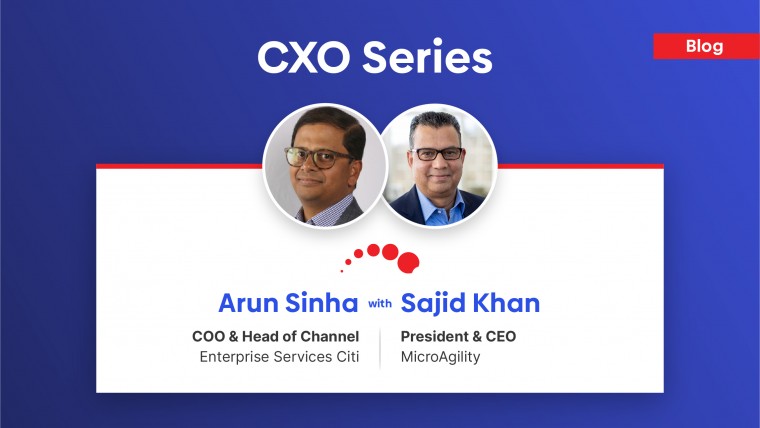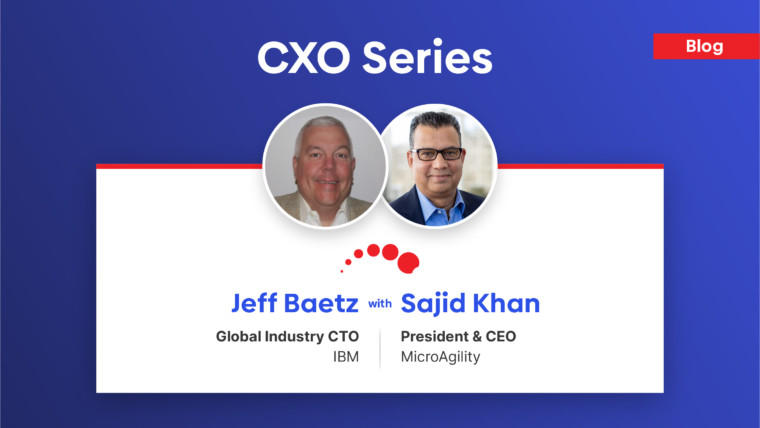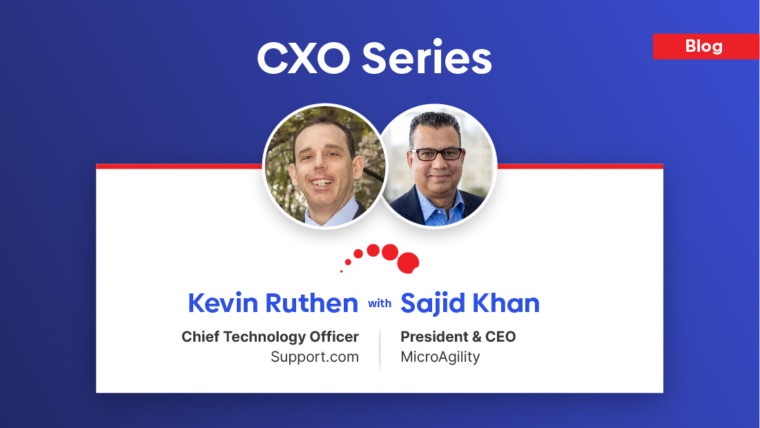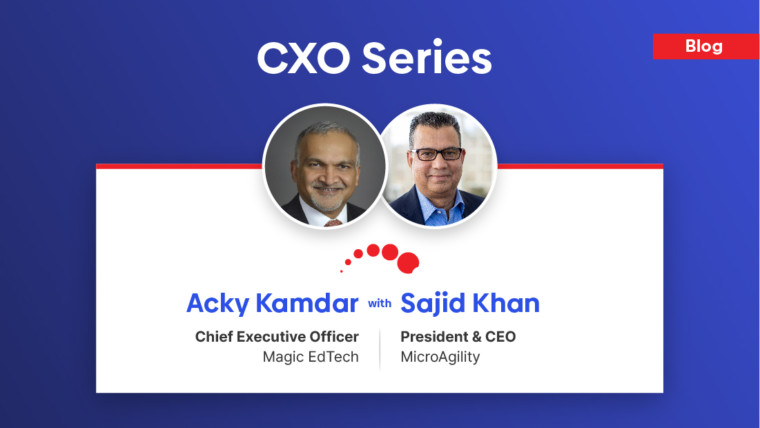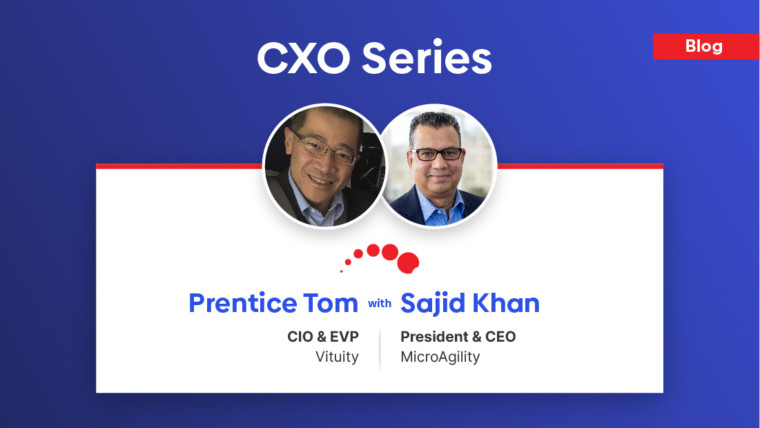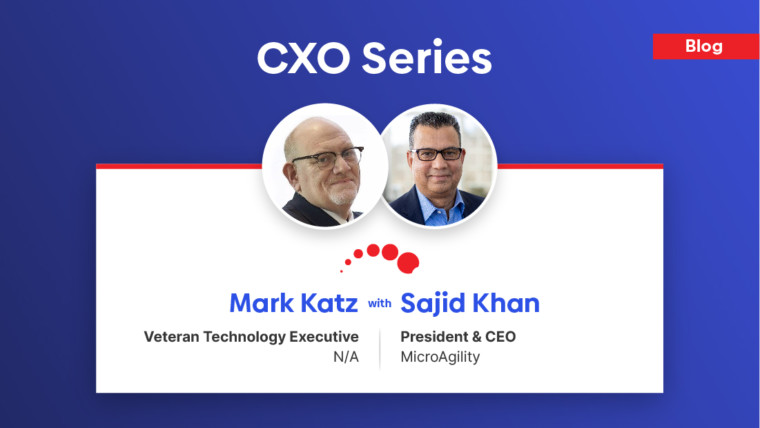Kevin is a transformational leader with a track record of helping companies grow and increase profitability through digital, data and analytics, and IT. He’s led several successful transformations and turned around two others that were troubled, and he’s improved under-performing business operations and IT departments. Kevin also has M&A expertise which he gained from 35 acquisitions. As a thought leader, Kevin serves on governing bodies, his work has been published many times, and he has spoken at conferences.
Sajid Khan: Kevin, Thank you very much for taking the time out of your busy schedule for this Interview. Can you please begin by sharing your perspective on the role of CIO’s at startups?
Kevin Field: In my experience, the role of a CIO at startups bears many similarities to that of a transformational leader, but with some differences as well.
When I joined, one of the first things I did was develop a strategic vision which would serve as a road map for how the company could grow while being lean, efficient and scalable by utilizing the cloud, digital, data and analytics, and self-service. While this vision is expected of any CIO, next is where the “startup innovation” began. I formulated a unique delivery model which I named the “New Normal”. By implementing this approach, I was able to deliver a production data warehouse, from discussion to live, in only six months.
Moving from a $9B company to a startup has been an incredible journey filled with invaluable lessons and experiences. My research suggests that traditional companies can learn innovative approaches from startups. I believe that the companies that operate under a more traditional “business as usual approach”, who are not achieving the results they seek and would like to bring their business to the next level, could benefit greatly from a CIO with both large company and startup experience.
SK: What challenges impact the insurance industry today?
Kevin Field: There are multiple challenges and the industry is ripe for innovation. There is an abundance of technologies already available and we have a tremendous opportunity to use them in new ways to generate new value, create memorable customer experiences, and to help companies grow, gain new efficiencies and cut costs.
While there are multiple challenges, many of them can be seen as opportunities as well. For example, there are rising customer expectations, new competition from digital entrants, M&A which can create new competitors, slow growth, aging core systems, aging workforce, lowering the cost of capital, ensuring compliance with new regulation, managing cyber security and disintermediation.
SK: What trends do you see ending their life cycle, what are some trends that you see for the future, for the Insurance industry?
Kevin Field: I don’t see any current trends that are coming to an end. While there are newer, better, and more efficient alternatives to how some companies operate, many stick to traditional approaches.
Some of the new trends are insurtech and disruptive technology, integrating into ecosystems, product innovation (e.g. tapping into the sharing economy, autonomous vehicles, insurance on-demand and cyber products), cloud, digital, straight through processing, AI / machine learning / analytics, Internet of Things and big data, telematics and blockchain.
SK: What has been your greatest achievement in your career thus far?
Kevin Field: At my previous employer, Hub International, which is a Global Top Ten B2B and B2C insurance brokerage ($9B in premium), I was hired as the CIO of their company in New York. After many accomplishments, their holding company appointed me to a much larger role as the CIO for a group of their companies.
SK: What is your leadership style? Does it vary within the role?
Kevin Field: I believe that people genuinely want to do a good job; I just help them do it, and so I’m the leader and the coach. I set the direction, surround myself with a good team, coach them, provide ownership and empowerment, and I don’t micromanage. I’ve found that when people “own” something and they understand how it helps the company, its customers and employees, they take pride in their work and they’re motivated to work harder.
At Hub, I implemented an innovative people program. Its mission was to “Create an environment in IT, for which people are inspired and challenged to achieve excellence, can enrich their skills and career advancement opportunities, and are rewarded for their contributions, resulting in high productivity, personal commitment, and low turnover.” The program was well received and had excellent results.
SK: What advice would you offer for other Information Technology executives who aspire to follow in your footsteps?
Kevin Field: A few things:
- Find a mentor. I’ve learned so much from the three mentors that I have been fortunate to have had.
- Be a mentor. When you’re ready, become a mentor. As you mentor other people, you gain an outsider’s view and a high-level perspective. Often, as you’re helping them, you’re growing and sharpening your own skills.
- At work, stick to the basics:
- Invest in face to face contact and relationship building.
- Immerse yourself in all aspects of the business. Understand the operations (or for a startup, the plan for future operations). Learn the language of the stakeholders. Identify low hanging fruit and begin to formulate ideas on how you and your department can add new value.
- Clearly define and articulate value. Tailor your message for each stakeholder. Speak in their language, from their point of view, and show them “What’s in it for them?”
- Share ownership. You may have a lot of ideas, but collaborating and working together provides for a better solution and helps earn stakeholder buy-in.
- Remain flexible and keep a positive attitude. When presenting ideas, there may be recommendations from stakeholders that don’t align with your vision. How you handle those situations, through both verbal and body language, are critically important.
- Continuously communicate.
However, the real career journey is about taking a step back from your job, no matter what job you have, and looking at the work from a higher level. Determine what can be learned and how that learning can be applied. What might surface is that this reflection can be used to benefit your employer, shareholders, customers, colleagues, friends, family and self.


